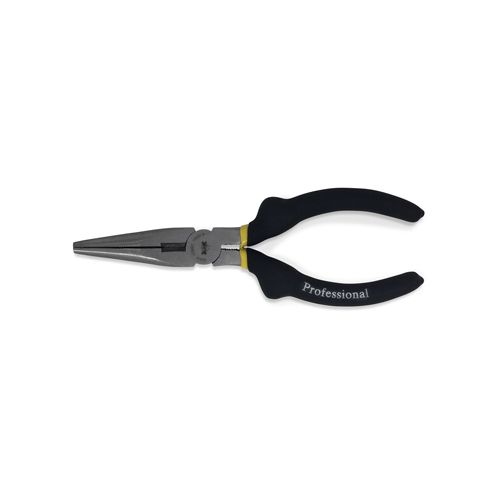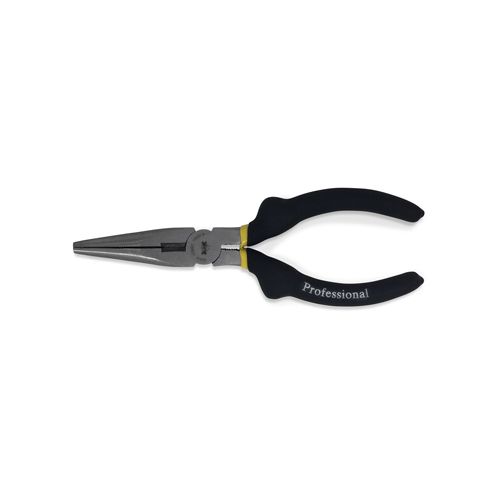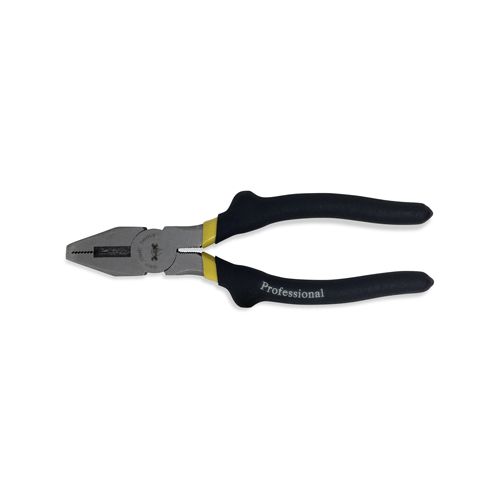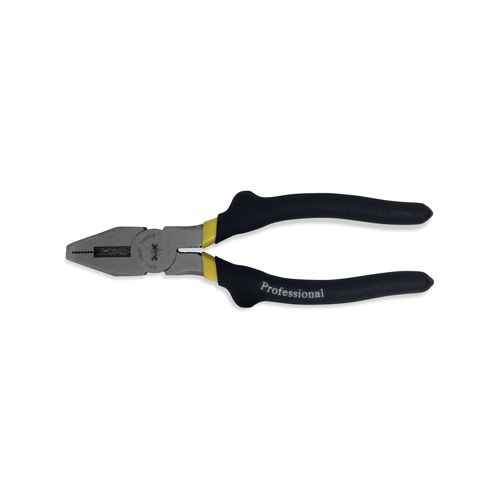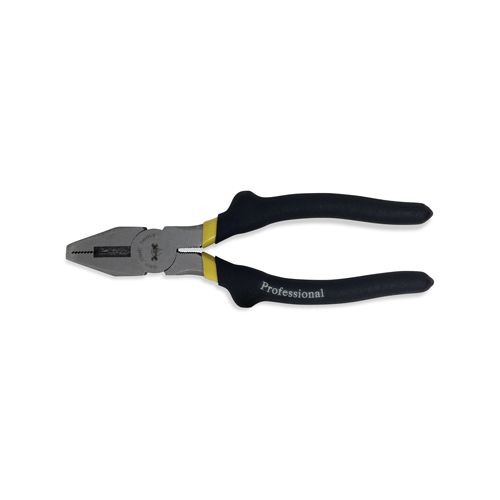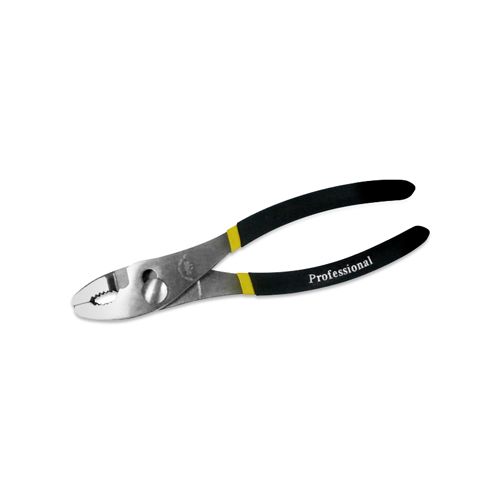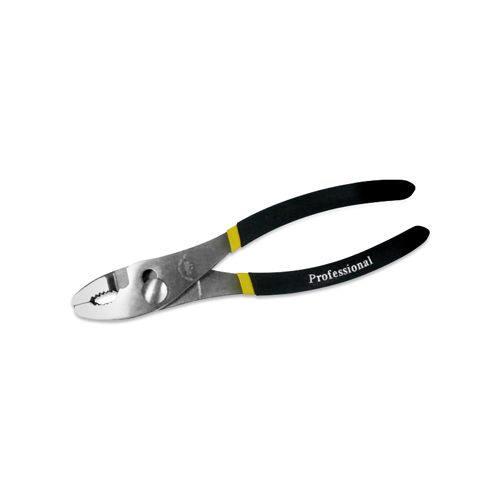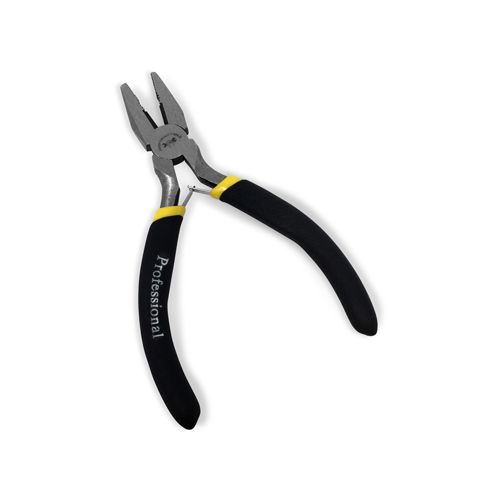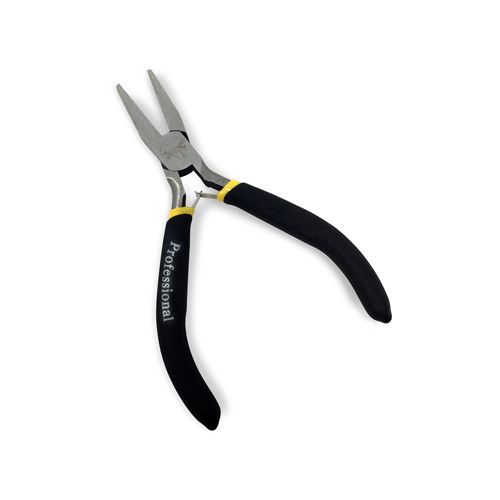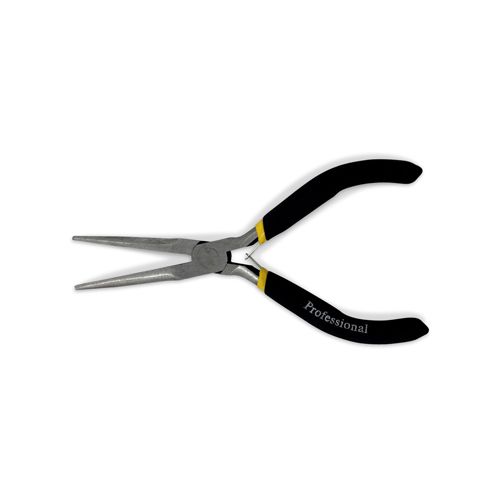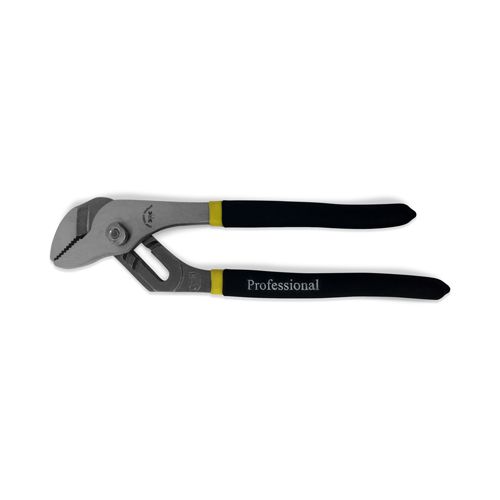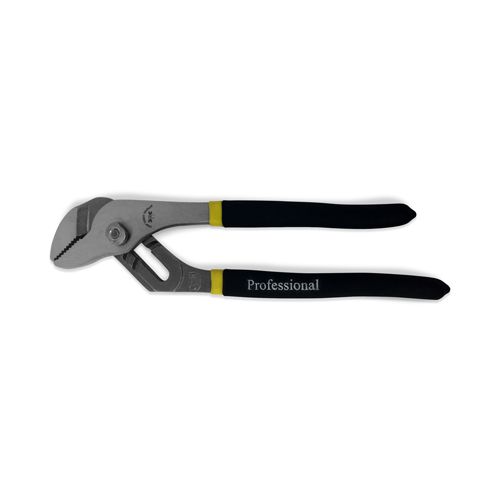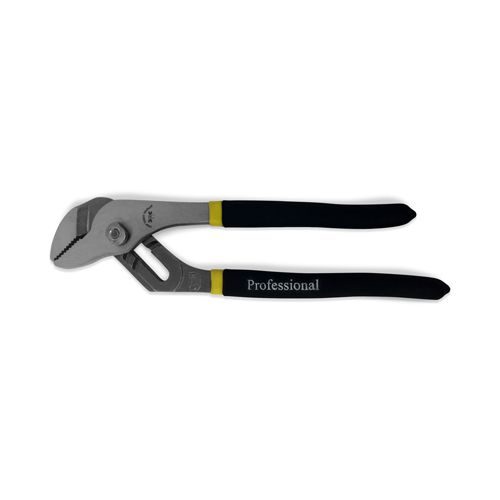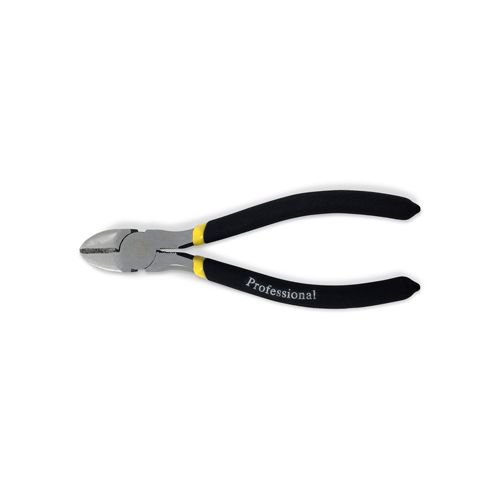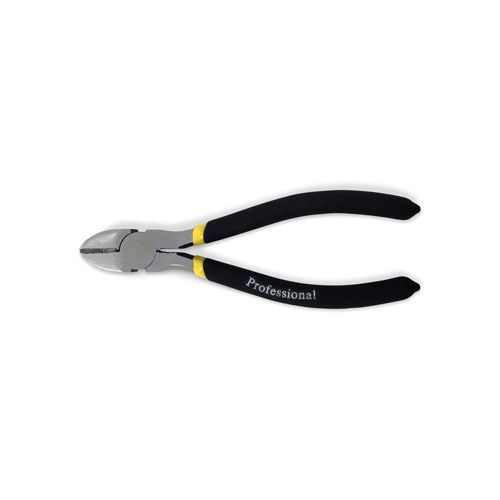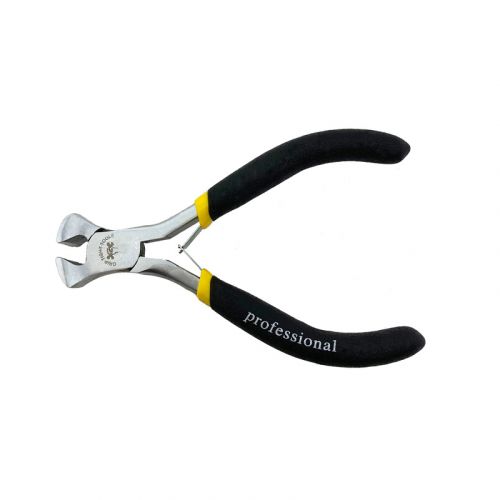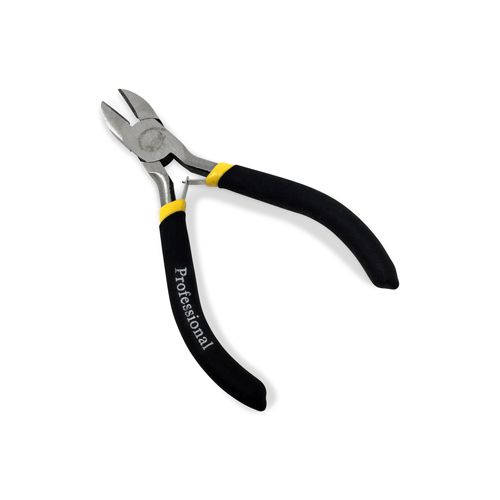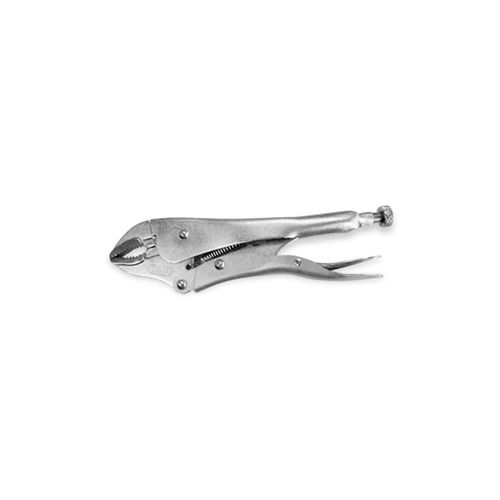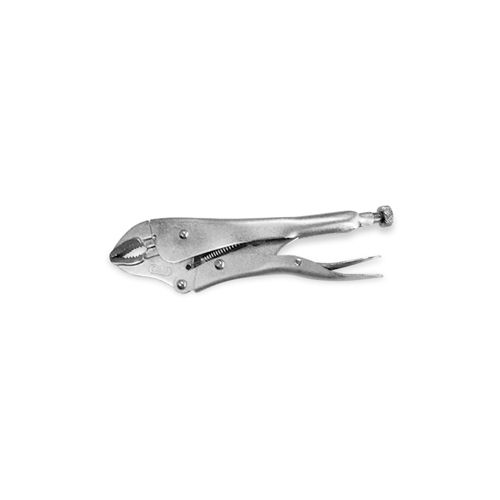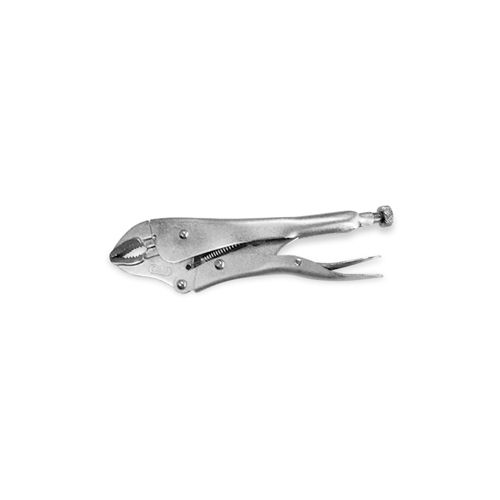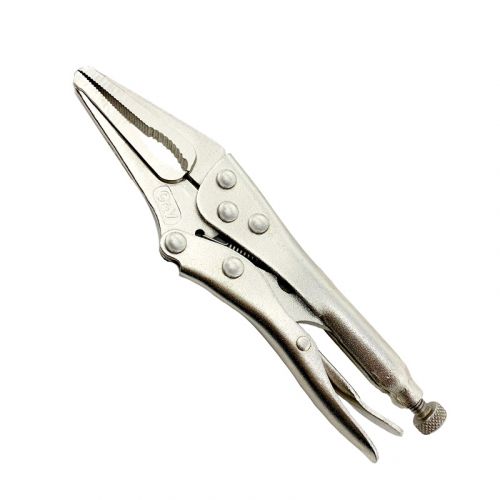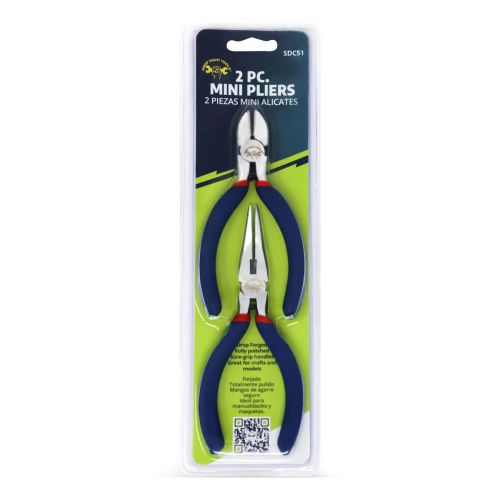FREE SHIPPING ON ORDERS $35+ (Excludes Bulky Items)
Pliers
PLIERS FAQ's
What are pliers?
Pliers are hand tools used to hold objects firmly, possibly developed from tongs used to handle hot metal in Bronze Age Europe. They are also useful for bending and compressing a wide range of materials. Pliers have long jaws and are sometimes used with a singular verb. They are also called pincers.
What are the Types of Pliers?
- Hose clamp pliers: These are designed to squeeze the hose and spring clamp, ensuring that the joint is secure. They have a peg-shaped tooth on each jaw that pinches the clamp.
- Crimping pliers: These are used to deform wires and connectors so that they stick together and allow data to travel through. They are mostly used in networking and telecommunications.
- Long nose pliers: These have conical and tapered jaws that are useful for creating wire hooks and bending wires. They have no cutting edge and can also be used to open bearing locks.
- Diagonal pliers: These have an angled edge on the jaws that can cut through thick wires and nails. They are durable and helpful in carpentry and electrical operations.
- Slip joint pliers: These have an adjustable joint that allows them to handle different sizes of objects. Their jaws are square and can only grip square objects.
- Snap ring pliers: These have narrow or round jaws that help in closing snap rings. Snap rings are open-ended rings that fit into the grooves of a shaft or a hole.
What are general safety tips when using Pliers?
- Always protect your eyes with safety glasses or goggles, or a face shield, when there is a potential hazard from flying particles, pieces of wire, etc.
- Only use pliers for their intended job and choose the correct pliers for the task at hand. Do not use pliers to loosen or tighten nuts or bolts; use a wrench instead.
- Never force pliers or use them as a hammer. If the pliers are slipping or not cutting properly, do not increase the pressure or bend the wire against the cutting edges. Use a larger pair of pliers or a different tool instead.
- Don’t expose your pliers to excessive heat as it can change the properties of the tool and make it useless. Oil the pliers regularly at the hinge to make them easier to use.
- Only cut with designated cutting pliers and only at right angles to the wire. Cut away from yourself and other people to prevent injury from flying cuttings.
- Never use pliers on live wires or any electrical source. Use insulated pliers that are specially designed for electrical work.

